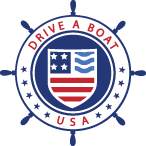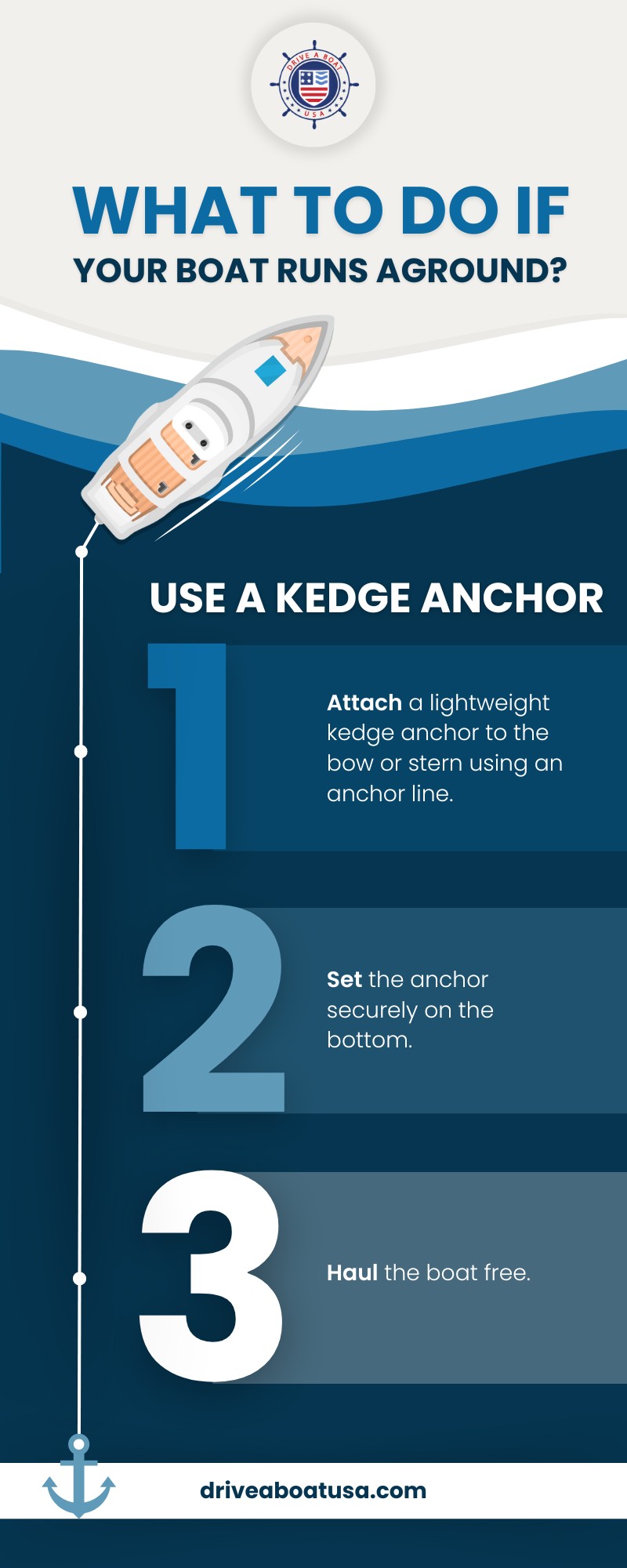What to Do If Your Boat Runs Aground
Running aground occurs when a vessel touches the bottom in a shallow area of a pond, river, lake, or sea, and becomes trapped. You can run your boat aground intentionally if you need to do maintenance or unload cargo, but most cases of running aground are accidental.
Operator error, inaccurate information about water depths or changes to the waterway bottom can all lead to a boat getting stuck. Sometimes a boat can even get trapped by an underwater object close to the surface.
How to avoid running aground
Unfortunately, running aground is a common occurrence for boaters. However, there are proactive measures you can take to avoid colliding with rocks, sandbars, and other underwater obstacles that could abruptly end your boating excursion.
Prepare before you launch
If you’re boating in unfamiliar waters, take some time before you launch your boat to consult a nautical chart of the area. You can also consult local marinas and talk to local boaters to get the inside scoop on any underwater hazards. They’ll know where it’s safe to go and which areas to avoid.
Always be aware of local weather conditions so you have an idea whether to expect poor visibility during your trip. Avoid going out on the water if there is a Small Craft Advisory in effect, as strong winds could blow you off course into shallow waters. Wear lifejackets, and don’t be reckless!
Keep a proper lookout
Maintain a vigilant lookout the entire time you’re on the water. Make sure you note any buoys and markers indicating shallow waters, and keep an eye out for shoals and sandbars, and even submerged objects, as they can be hard to spot. Surprisingly, most boating accidents happen on calm, clear days with light winds – often due to a lack of proper lookout.
If you have a depth finder, you can set a shallow water alarm as an alert, but remember that a depth finder should never replace a proper lookout. Always be aware of where you are and where you’re headed – don’t rely solely on electronics.
Maintain a safe speed
Always maintain a safe speed while boating so you can react in time if you spot an underwater hazard.
How to respond if your boat runs aground
Running aground can create a dangerous situation for the vessel and its crew. It’s important to know how to respond to avoid damage and injury.
Step One: Turn off the engine
If your boat unexpectedly runs aground, the first and most important step is to stop the engine and check if anyone is hurt.
If anyone is injured or suffering from hypothermia as a result of falling into the water, your top priority should be to get help.
Alert nearby boaters that you require urgent assistance. Acting quickly could make all the difference: remember that as a boat operator you are responsible for your passengers’ well-being.
Once everyone is safe, you can turn your attention to freeing your vessel. This could take a while, and it’s important not to hurry as this could increase the risk of causing damage. Stay calm and take the time to thoroughly evaluate the situation so you can determine the best course of action.
Step Two – Check for leaks
If your boat runs aground, you’ll need to inspect the vessel carefully for any structural damage or leaks. Check the hull for any cracks or holes that could make your boat take on water.
If you find a leak or damage that could potentially cause a leak, do not attempt to move your vessel back into deep water. This could potentially make the situation much worse. Instead, stay put and call for assistance, either by flagging down another boater or using your radio to request a tow.
Step Three – Free your boat
If your boat has run aground but there are no signs of leaks or serious structural damage, there are several things you can do:
A) Get familiar with your surroundings and wait for the next high tide:
- Use a lead line or boat hook to check the water depth around your boat.
- Consult a nautical chart to learn about the bottom characteristics in the area.
- Check tide tables to determine when the next high tide will occur.
B) Attempt to reverse off using the engine:
- Keep the engine turned off and lift the outdrive.
- Put the boat in reverse.
- Shift the weight of passengers/cargo away from the grounded area.
- Carefully try to reverse the boat off the obstruction.
C) Push the boat off:
- With the engine off and outdrive lifted, use paddles or oars to push the boat off the bottom.
- If you’re grounded on a sandbar, you may be able to stand on the bar and push the boat into deeper water by hand.
- Note: It is usually possible to push a PFD back into deeper water without help.
D) Use a kedge anchor:
- Attach a lightweight kedge anchor to the bow or stern using an anchor line
- Set the anchor securely on the bottom
- Haul the boat free
If these methods don’t work, stop trying to force the boat off. Instead, use Visual Distress Signals or a marine radio to call for assistance. Trying to power through could result in further damage. Patience and the right techniques are key to safely freeing a grounded vessel.
Get your state-approved boating license online with Drive A Boat USA
By following the above guidelines, you can significantly reduce your risk of running aground and enjoy a safe, worry-free day out on the water.
If you do run aground, there are various ways you can free your boat, with and without the help of other boaters or rescue personnel. Never contact the Coast Guard unless someone is in real danger.
To learn more about boating in the United States, get your New York, California or Florida boating license from Drive A Boat USA!


